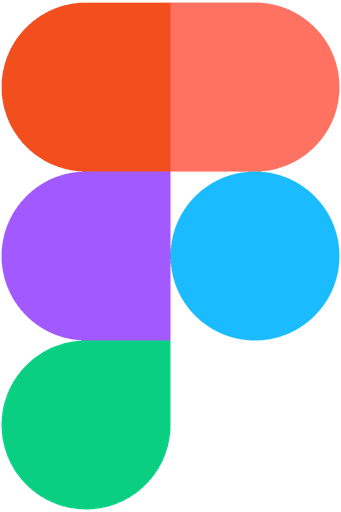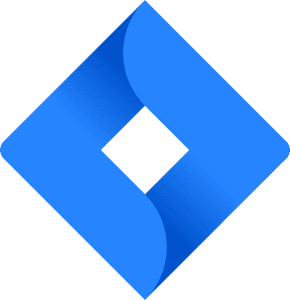Rover.ai
Rover AI Platform makes cost-effective, quality health insurance available for business employers. By securely collecting and carefully analyzing healthcare data from group members, The platform gives employers the opportunity to make informed, affordable healthcare decisions that improve everyone’s bottom line
Dallas
2022
Health care
Segment
B2B
Challenge
In the US, small and medium businesses do not have the same negotiating power as that of large companies in payer negotiations for healthcare insurance contracts. One of the main contributing factors for this situation is the lack of an employee's history of claims and absence of any set methodology to acquire this data.
Results
The redesigned app features a clean, clutter-free interface, making it easier for users to navigate and access essential features.
The improved onboarding process resulted in a 35% increase in new user adoption rates.
The addition of personalization and customization options enhanced user engagement, leading to a 25% increase in user retention rates.
Process:
Lightning Talks
We kicked off the design process with lightning talks from the stakeholders involved to understand their perspectives on the problem being presented and understand their motivations and drive. We capture points brought up by the stakeholders in Miro so that we have a visual representation of what was said and also so that we can anchor discussions around points that we need more clarity on.
Synthesize Information
Once we finished lightning talks from all the stakeholders, I began to start looking for patterns and began to group together points around larger themes that they represent.
This enabled me to not only revisit the information again to take it in at my own pace but also clarify what are the areas we need to truly focus on
Understand the Path
As a vague image of what we are working towards starts to form, I wanted to bring in some people who are currently working to achieve the goal that we are aiming to build
I wanted to understand the current process that these users experience, so I worked with the stakeholders bring in such people and to build a service blueprint with their help
A service blueprint not only helped me in understanding all the steps involved but also what the users were thinking and feeling as they went through the journey
It also revealed some key pain points that the users were facing in the process that exists today
Golden Path
With a clear understanding of the pain points faced by the potential users and the main areas that need to be focused on, I worked with the stakeholders to start building a golden path for the MVP. This path represented the how the user will go through the product to reach the most valuable feature of the product
The golden path shown below only represents one specific persona as through the service blueprint it was made clear that there were multiple people involved in this process, each of whom had different functions
Sketching
Once I had the path that needed to be designed I wanted to get started with some low fidelity designs. But from my previous experience I first wanted to understand what the stakeholders had in their minds and what they were envisioning as part of the solution. So I made them do a sketching exercise based around crazy 8’s to have them show and tell their perspective.
This helped me not only understand what mental models they had in mind but also prepare solid reasoning beforehand if I was bringing designs that were radically different from what they were expecting.
High Fidelity Designs
With a high amount of clarity that has been established due to the process that was followed so far, I started to build the high fidelity version of the product.
As with any zero to one product, the goal is not to build the best version off the bat. We build based on the assumptions that were made through this process of development and validate our ideas and keep rapidly iterating on the product.
Assumption Testing
The high fidelity screens go through continuous iterations as I present them to the client and any necessary stakeholders. Once the stakeholders are satisfied with the designs it is time to put them infront of users and validate the assumptions we’ve made through this design process.
Any feedback received is presented to the stakeholders and if agreed then those changes are incorporated back into the designs. This is a continuous process and as many ideas/assumptions as possible are validated during this process.
This is a parallel process where as soon as an idea has reached a decent state, I work with the stakeholders to put it in front of the users to get some feedback.
Developer Hand-Off
Once majority of the feedback has been incorporated into the product, that section is then handed over to the developers for development.
Hand-off according to me is also an iterative process as what worked for one team might not work for the other. So having the flexibility to make changes on the fly is important for me.













